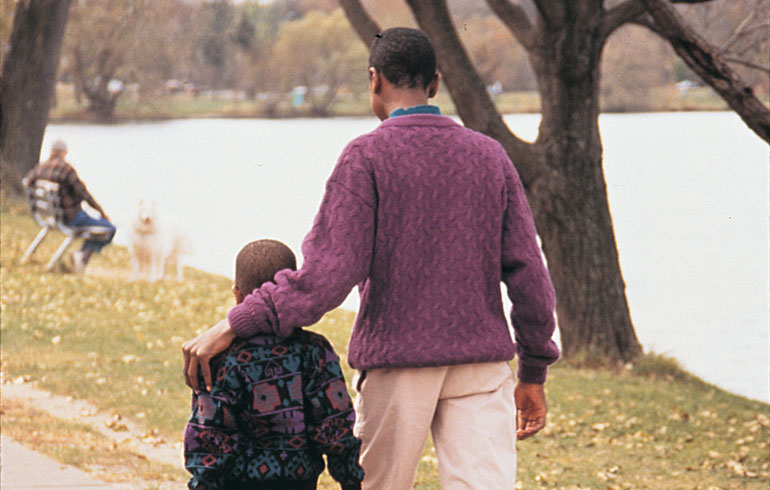Young children vary enormously in how much of their adoption story they are able to grasp. You are eager to talk to them because you have educated yourself. But preschoolers approach adoption very much on their own terms. They know how much they can — or want — to absorb.
When my daughters, Elizabeth and Katherine, were young, I got some brightly colored adoption picture books for them. “Look at these nice books,” I began, hoping to devote our evening reading time to a discussion of adoption. The girls gave the books scant notice and got out our dog-eared Green Eggs and Ham instead. They weren’t ready.
A five-year-old girl asked a question about her birth mother and her adoptive mother launched into a well-rehearsed explanation of how her daughter had grown in her birth mother’s body. The little girl seemed to absorb this information and even asked a few relevant questions. So imagine the mom’s surprise, when a few hours later, her daughter asked, “Mama, did I kick when I was in your tummy?”
How Preschoolers Learn
Children this age learn by imitation. They’re good at repeating the stories they hear without really absorbing them. One father, for example, felt he had given his four-year-old son a solid explanation of his adoption. When he took the boy to the dentist one day, a group of children in the waiting room were curious to know why the boy looked different from his father. The boy said he was “adoption-ed” and told his story so poignantly, the receptionist grew tearful.
Back in the car, the boy asked, “Now what did you say adoption was, Dad?” The child mastered the details, but he had not yet integrated the concept for himself.
Recognizing your child’s developmental stage is a starting point. Adoptive parents should “test the waters,” offering pieces of information to see if their child responds. A stare or shrug is simply a cue that the seed has been planted but is not ready to sprout.
Because children differ developmentally, there is no “correct” timetable for introducing the adoption story. If we think of our children as “experts” in knowing their own ability to engage in their story, we can follow their signals.


